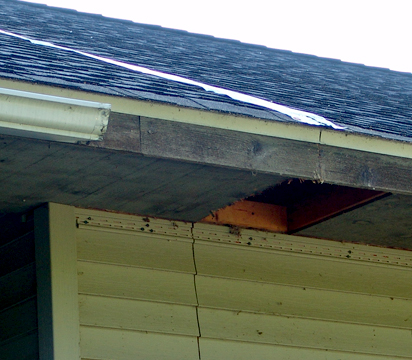From Touchscreens to Mobile Applications: The New American Kitchen
With the tremendous popularity of real-time and streamlined Smartphone apps like Uber and Amazon Prime Now, it is no wonder that the American Kitchen seems to be following suit with perpetual advancements in appliance-technology. Imagine a grocery shopping experience where with the swipe of a button, you can see the physical inside of your fridge, allowing you to see which products you are out of and which items you are stocked up on. Well this seemingly futuristic experience is now actually possible. Earlier this year, Samsung released a top-of-the-line refrigerator with numerous special features including the one outlined above. And, it is not just refrigerators that are experiencing a serious technological face-lift; touch-screen microwaves, dishwashers, and even toasters are now also available on the market!
So what are the implications of all of these advanced, technology-savvy appliances? It seems that the days of touch-screens, mobile apps, and voice-activated features have only just begun. We are anticipating the “New American Kitchen” to be filled with these products. As a renovation company, we strive to steer you in the right direction with your kitchen remodeling needs. Want to learn more about which of these luxury appliances will best suit you and your needs? Contact us with your questions and we will be happy to help out!
We know that the new fast-paced, technology-dependent world can be daunting for some people. Let us help make your transition into a modern and up-to-date kitchen as seamless as possible by providing you with all the help you need.
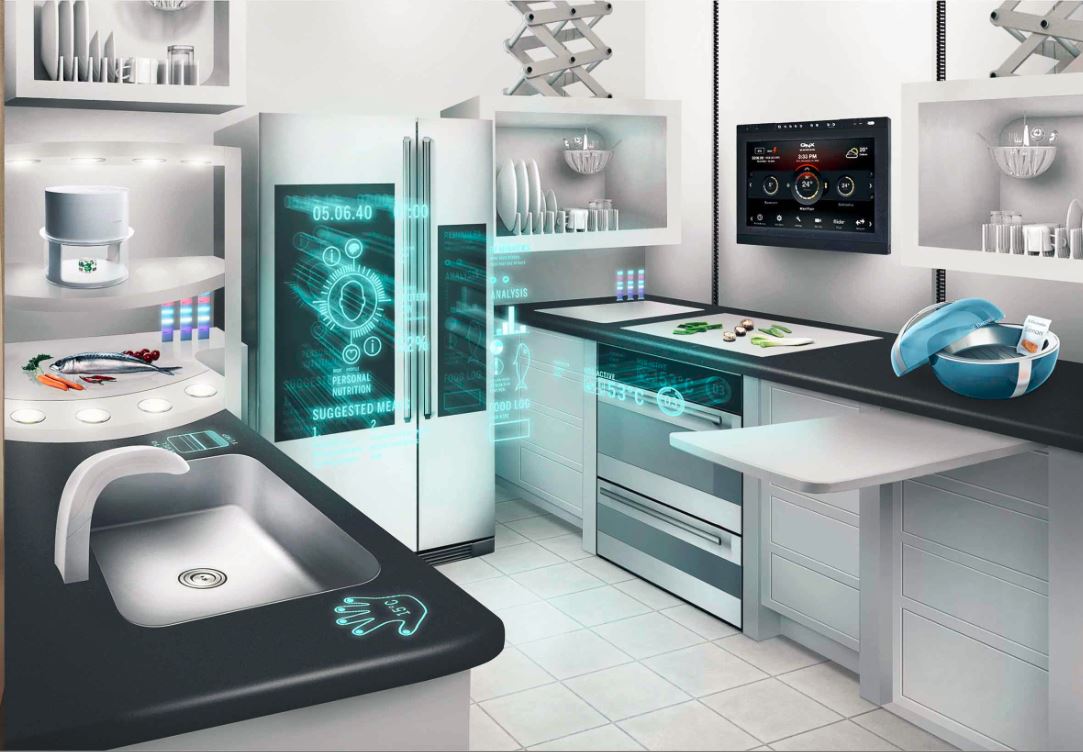
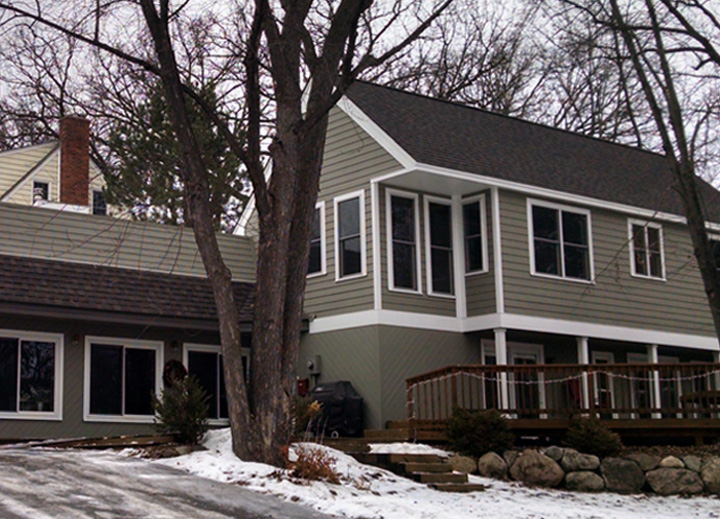
 Back to the unique features of this home. The home is a combination earth/two story home. The back half of the home is built into the lot. Not so much a hill but about a 12 ft. rise in the lot from the front to the back. The back half of the house has grass growing on it.
Back to the unique features of this home. The home is a combination earth/two story home. The back half of the home is built into the lot. Not so much a hill but about a 12 ft. rise in the lot from the front to the back. The back half of the house has grass growing on it. By now you might be wondering what is holding up the yard over the house. Good question. The simple answer is the ceiling consists of concrete panels that are insulated and waterproofed under the soil/grass. The kind of panels you might see in commercial construction. This makes for a challenge to have a functioning mechanical system as it’s a no-no to drill through the planks. The planks run from the back of the house all the way to the front. The whole ceiling in the main level is cement!
By now you might be wondering what is holding up the yard over the house. Good question. The simple answer is the ceiling consists of concrete panels that are insulated and waterproofed under the soil/grass. The kind of panels you might see in commercial construction. This makes for a challenge to have a functioning mechanical system as it’s a no-no to drill through the planks. The planks run from the back of the house all the way to the front. The whole ceiling in the main level is cement! 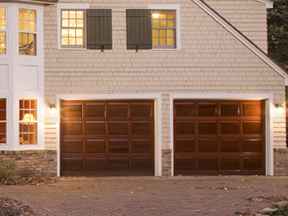
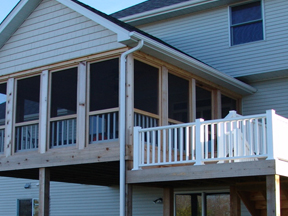
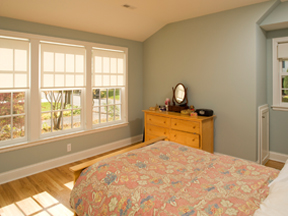
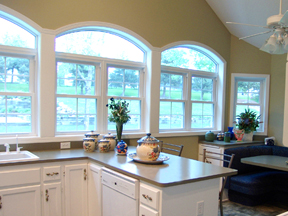
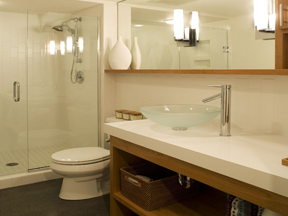
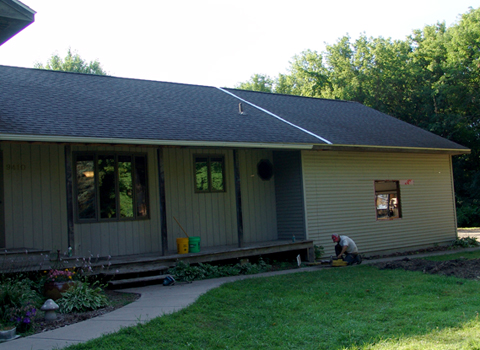
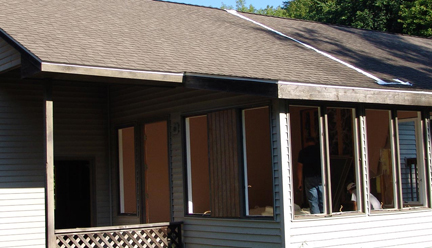 Notice the removal of windows, doors, and any glass or other items that can present a hazard during and after the demolition – best practice for any demo job where people live and work, especially when there are children around.
Notice the removal of windows, doors, and any glass or other items that can present a hazard during and after the demolition – best practice for any demo job where people live and work, especially when there are children around.